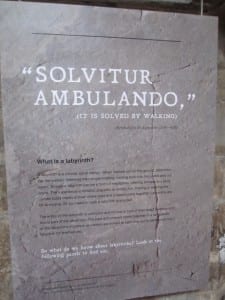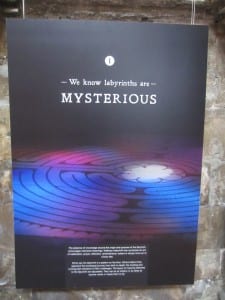 The best thing about mess is its synonyms; clutter, litter, muddle, mishmash. Word pronunciation doesn’t get better than this. Sometimes life gets messy. Mine has gotten messy and the biggest mess of all is the Phd. A mess in the messiest sort of way.
The best thing about mess is its synonyms; clutter, litter, muddle, mishmash. Word pronunciation doesn’t get better than this. Sometimes life gets messy. Mine has gotten messy and the biggest mess of all is the Phd. A mess in the messiest sort of way.
There’s barely room for me on the settee or my feet on the coffee table. I”m surrounded with books of two kinds; open or closed, all unfinished. Ditto the papers; printed in haste with misplaced enthusiasm. Regretted later. Scribbled on pages 1, 2, sometimes 3 before the underlining and highlighting stops. I have scraps of notes everywhere. I’m good at notes and buying notebooks. These are my random ideas, written before they flit back where they came from. My PhD has become an art installation of unread literature while the NVivo laptop has dust on it, hidden under more piles of paper in the corner. A messy space is an unproductive space. The Phd is in a bad way; it needs resuscitation.
I’ve signed up for Academic Writing Month to get myself back on track.
It’s a write-a-thon by the PhD2Published team who along with The Thesis Whisperer provide social networking for doctoral researchers. The idea of #AcWriMo is you publicly declare your writing intentions, set your goals and get writing for a whole month with support provided by Facebook and Twitter. Academic writing is a problem no one talks about. Everyone needs to do it but not many find it easy or know about sources of support. There’s an assumption we pick up a pen and it all comes naturally. Writing is your alternative voice but while the ability to speak in public is recognised as a skill to be learned, writing in public rarely gets attention. #AcWriMo offers the opportunity to get something written and links up a network of people engaging with the same issues. The wisdom of crowds and all that can be a powerful motivator.
Here are some reasons why you should consider #AcWriMo …
- You choose your subject; it might be an ongoing project which has got stuck or something completely new. Either way, it will create time you didn’t think you had.
- Even if you don’t meet your goals, you’ll write more than you would have done otherwise.
- Academic writing is a skill and like all crafts needs to be practiced; #AcWriMo is a safe place to explore the power of words and make progress.
- It will lead to a sense of achievement; you’ll feel better afterwards than when you started
- You are not alone! You get to experience the networking effect of Twitter and/or Facebook. Across the world there are people struggling to find time to write and #AcWriMo brings them all together.
- A month is long enough to change attitudes and behaviours; taking part might lead to new and beneficial writing habits.
- In the west the days are shortening, mornings and evenings are dark and it’s getting colder. What else will you do with all your extra time indoors?
I’m not yet decided on my writing subject. I have problems with boundaries as evidenced by the ways my PhD floats off and gets lost. It’s absent at the moment. If I want to bring it back my subject needs to be e-teaching and the absence of voices in the literature. Rhetoric and reality. Fiction and fact. Postmodern v critical realism. But I’d also like to do something around creativity and academic writing or reflection as literacy. Clearly the first challenge is to find a subject and I set myself the public target of doing this by next Friday. Gulp!
 Every now and then I wander off into the digital landscape of time-waste. This week’s BBC News Magazine was creepily apt but its
Every now and then I wander off into the digital landscape of time-waste. This week’s BBC News Magazine was creepily apt but its 

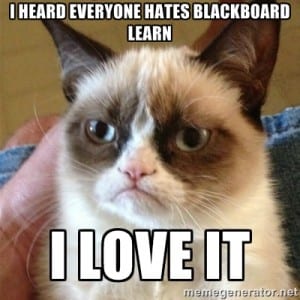


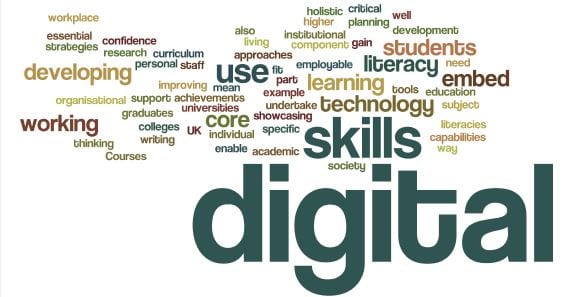

 persuadinga fellow part-time ‘PhD-er’ to blog. Saying it helps to formulate ideas and structure thoughts. The art of reflection is a core learning tool and I’m not sure we promote it enough because blog routines are effective ways to cultivate the reflective mind. Give it a regular outing. Typically, I didn’t find time to blog this Friday. The dog ate my blog or the internet swallowed my work.
persuadinga fellow part-time ‘PhD-er’ to blog. Saying it helps to formulate ideas and structure thoughts. The art of reflection is a core learning tool and I’m not sure we promote it enough because blog routines are effective ways to cultivate the reflective mind. Give it a regular outing. Typically, I didn’t find time to blog this Friday. The dog ate my blog or the internet swallowed my work. sdyke with a tow path where I can walk by the water. I like it. But this week I didn’t find time to blog.
sdyke with a tow path where I can walk by the water. I like it. But this week I didn’t find time to blog.

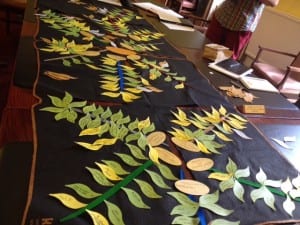

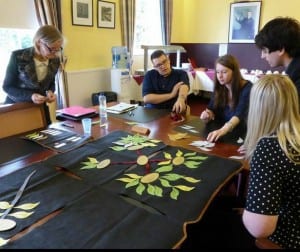



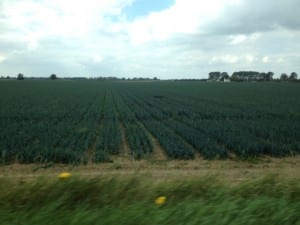
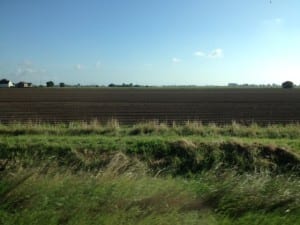


 That’s me in the corner. The door to the meeting room is locked making the space into a 3-sided room.
That’s me in the corner. The door to the meeting room is locked making the space into a 3-sided room.

